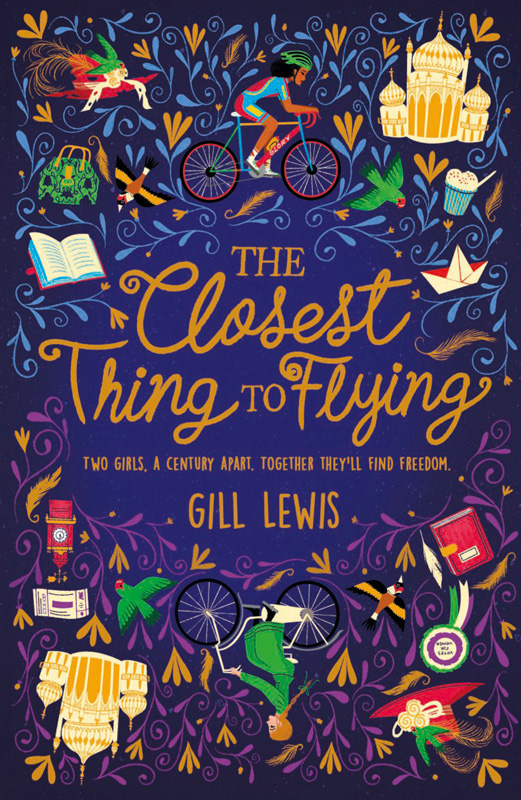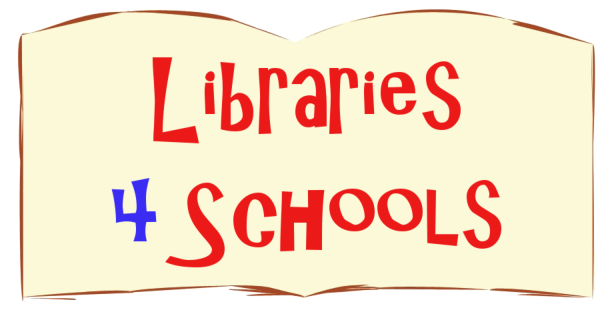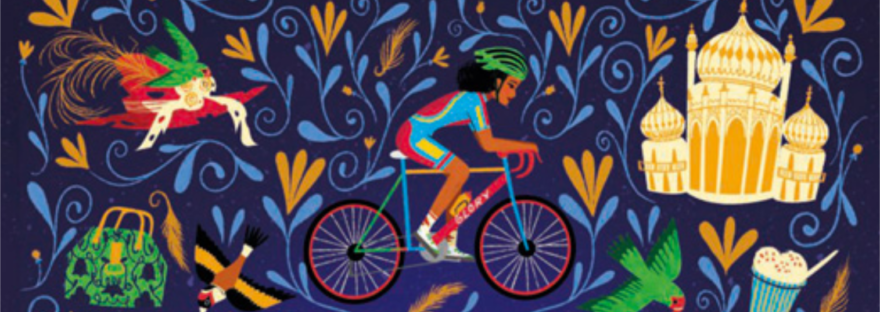By Gill Lewis (published by Oxford University Press)
Semira looked behind her as if she felt someone was watching her. A diary was personal wasn’t it? Private?
But surely if it had been written over a hundred years ago, the writer of the diary would be dead by now.
It wouldn’t matter if she read some of it.
Would it?
Semira is a young refugee who, along with her mother, has lived in England for several years. However, they are still trapped – beholden to a man named Robel, who helped them escape Eritrea and who is handling the asylum paperwork for them, but who abuses them and keeps them isolated.
Semira is used to feeling alone. They are often moved around, so she avoids getting attached to anyone. When she finds a diary written by a young Victorian girl named Hen, she feels for the first time as if she has found a friend. Hen is also trapped; by her family and by the strict societal and gender constructs of the time, but she becomes inspired to fight against them. Perhaps she can inspire Semira to fight too…
I want to start by saying that The Closest Thing to Flying is one of the most compelling books I’ve ever read. I read it all in one sitting – well, technically two as I needed to pee and decided to take the opportunity to make myself a cup of tea and some lunch as well. I didn’t have my next cuppa until I had not only turned the last page, but also taken a few minutes to just sit uninterrupted with my thoughts. Then, while my tea brewed and before doing anything else, I sat down and typed this paragraph that you’ve just read.
(Yes, that does mean that this review was written out of order.)
It didn’t take long for me to connect with the characters – by page 7, I was already feeling protective of Semira, and angry on her behalf. She has been through so much before the book even starts, and continues to do so, but she is strong and determined. With every action she took, I feared for her, but I also couldn’t help but want her to keep going, despite the danger. Piecing together her background before she did didn’t make it any less moving or heartbreaking.
Her mother Hanna, is completely under Robel’s control – not speaking any English means she doesn’t know any other way, and relies on him to keep them “safe”. Despite never experiencing what she has, I found her very easy to relate to; perhaps also being an adult, I can appreciate that things aren’t as simple as a child may see them. She is doing everything she feels she can to protect her daughter; standing up against Robel would mean putting them both in danger and, without knowing it would work out, is too great a risk.
Hen, the girl who wrote the diary, is an interesting character. It seems odd to be reading a story where one of our protagonists (and yes, I do feel like she is one) is already long gone. Her voice comes across as so warm, and so genuine that you cannot help but be immediately charmed by her. Given her own circumstances, the decisions she makes and the lessons she learns, it’s no surprise that she appeals to Semira.
The other characters all feel real and fleshed out. It was nice to see a friendship between a girl and a boy that doesn’t carry romantic overtones, and it was a pleasant change to see the two outgoing girls tasked with looking after Semira at school actually being friendly and supportive, rather than falling into the “bitchy-popular” stereotype.
It doesn’t end with the children either; Patrick’s parents feel so authentic that I wouldn’t be surprised if they were based upon real people. As for Robel and Hen’s mother, well…the less said about them, the better. But again, they feel like genuine people, even if this is less of a good thing.
Even more than that, Hen’s story is actually set against the backdrop of real events – the founding of the Royal Society for the Protection of Birds. It features the real women who started it, with a sprinkling of fictional characters for us to connect with, like the compelling figure of Hen’s young aunt Kitty, who is not only an advocate for women’s rights but also a powerfully positive influence on Hen.
The story itself is truly compelling, even in the slower parts. It also feels familiar; like the background to so many stories we see everyday on the news about asylum seekers and refugees. It is by turns frustrating, joyful, terrifying and above all touching. I’m not too proud to admit that there were several points where I had to pause in order to blink back tears.
Having the stories of Semira and Hen run side-by-side, though a hundred years apart, is an excellent approach as it easily shows us not only the similarities and differences between the two girls, but also the societies they live in. The gender issues shown in Hen’s world are like a mirror to the “native vs foreigner” issues in Semira’s world. And by showing us that there were women in Hen’s time who didn’t feel that women should be able to vote, it reminds us not only of how far we have come (the idea would be unthinkable to most now!), but also of how far we still have to go.

I want to finish up with a shout out to the incredible talented Paola Escobar for her incredible front cover, which gives a real sense of the beauty of the story and hints at the symmetry between the two girls’ lives. Adding to this is the inclusion of the maps (which I have to confess I’m a bit of a sucker for!) on the inside – the maps are actually of a part of Africa as it looked/looks in both time periods, rather than London where it is based, but it all makes sense in context.
I feel like I’ve written rather a lot while also saying somewhat little; I’m trying to balance my enthusiasm and opinion with my desire not to give away too many of the story beats, and ultimately I don’t know if this review really does the book justice. I honestly feel that this is something that everyone should experience for themselves, and I encourage those who have read it to share it with others, of any age. Everyone could benefit from reading this beautiful, tragic and hopeful story.

